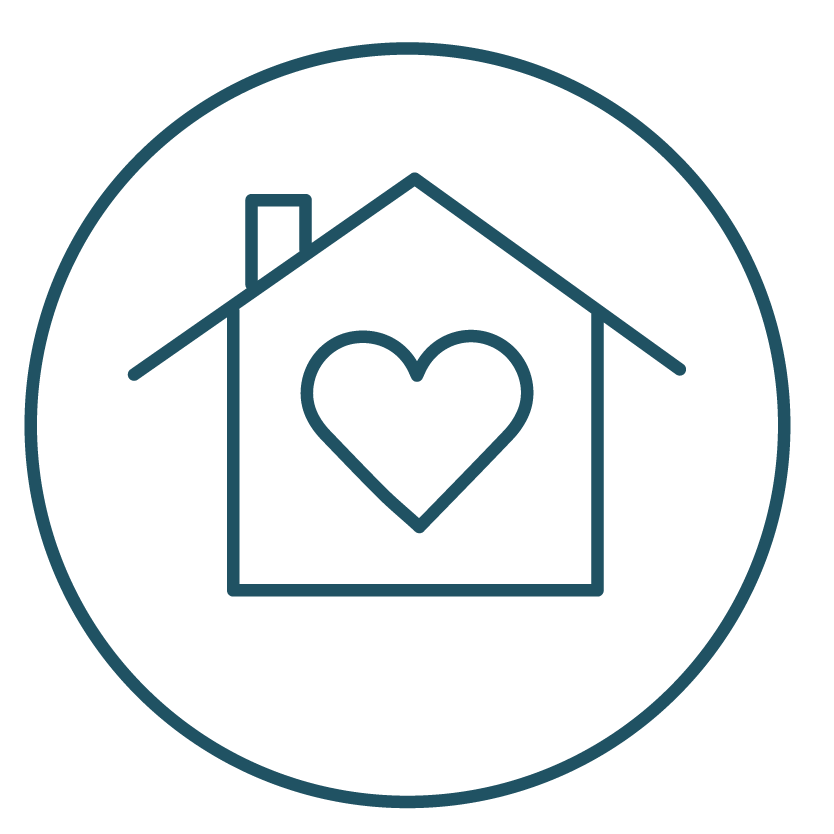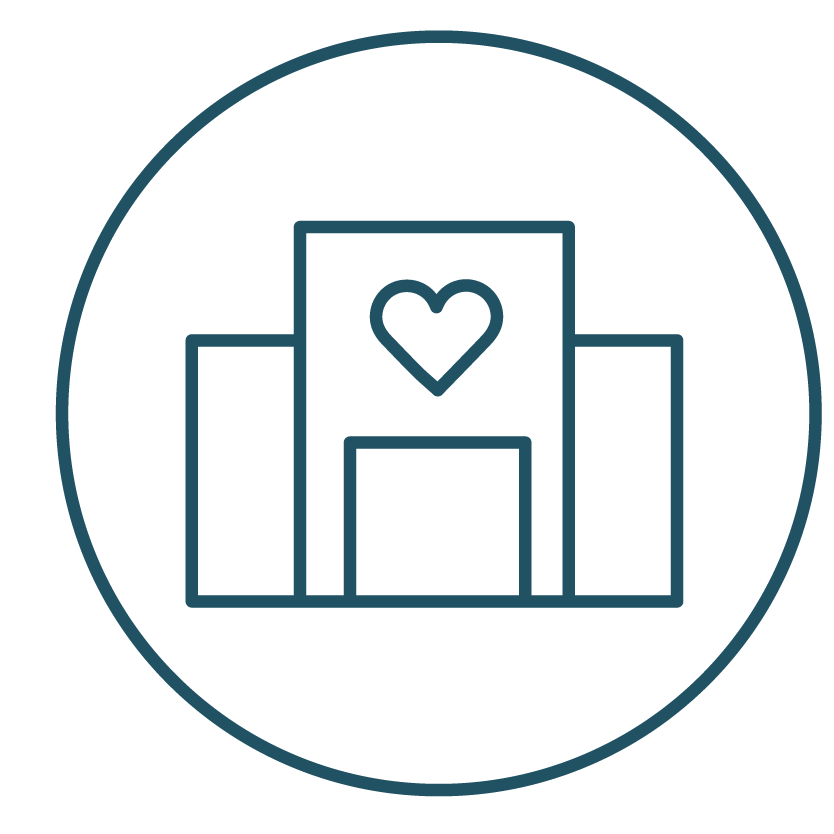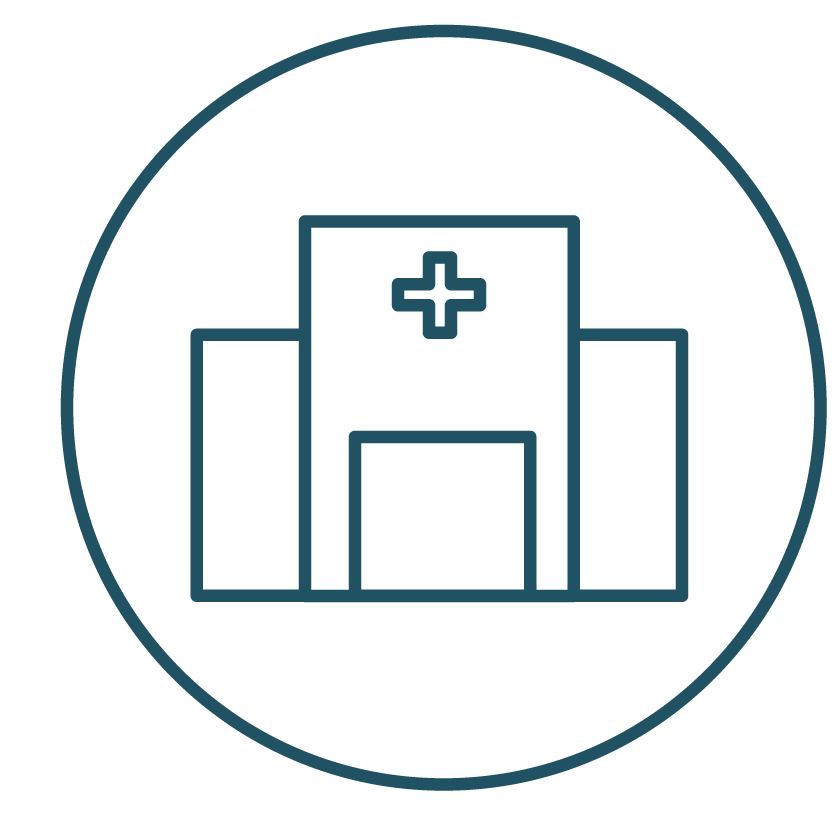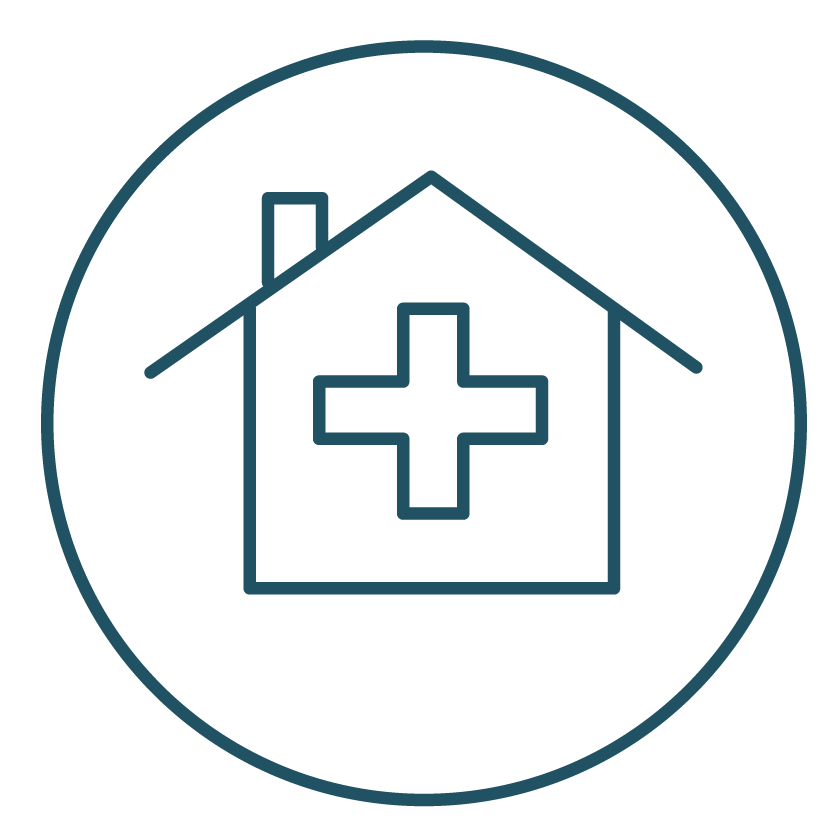Hospice Care for Lung Cancer Patients
Hospice care is also known as end-of-life-care, and can sometimes be recommended to late-stage lung cancer patients. Learn what hospice support entails and how this could help you or your loved ones.

What Is Hospice Care?
For late-stage (mostly stage 4) lung cancer patients, curative treatment options may not be available. At this point, the best thing for the patient is to focus on their quality of life moving forward. Minimizing disease symptoms and providing counseling support towards the end of life are a few ways how hospice care helps lung cancer patients.
The interdisciplinary health care team at the patient’s hospital usually manages this type of support. There’s usually one head doctor or medical director who manages the entire team. Besides medical professionals, hospice support services can include providing equipment, medicine and supplies, relief for caregivers (short-term), and mental, emotional, and spiritual support.
There’s usually a group of doctors, nurses, CNAs, home health assistants, social workers, or clergy members that work together to aid the patient with what they need. Trained volunteers may also be a part of the team. This type of aid is all-inclusive and available 7-days a week with someone always on call, 24-hours a day.
Levels of Support
There are different levels of hospice support, based on the patient’s needs. Support begins when the patient is admitted into a hospice program. Levels are 1 through 4 and as follows:

Level 1
Involves standard health care and support ranging from nursing to emotional support.

Level 2
Steady or continuous home support. The nurse will assess the patient’s need for support each day. This level is usually for lung cancer patients experiencing severe pain or shortness of breath. Most patients receive hospice services at this level.

Level 3
Inpatient support. Like continuous home care, but for patients who need or request assistance from an inpatient location.

Level 4
Temporary inpatient support is also known as respite care. This level encompasses many situations but is especially helpful for managing caregiver stress. If a caregiver or loved one tending to the patient is fatigued and needs a break, respite care can be provided for up to a 5-day limit at a time. (This day limit varies with each medical institution. ) Grief support, counseling, and additional resources are also available with FAQs and references to helpful organizations for family members as well as patients.
Types of Support
To best accommodate the patient’s needs, there are many settings that offer different types of hospice support. The 4 main types are:

Home Hospice Care
Many programs offer home care, and this is the most commonly administered option among lung cancer patients and their doctors. Staffed by oncologists, nurses, and other medical professionals, with primary assistance from the family or appointed caregiver. In-person services will be provided, with an on-call nurse to manage any after-hour issues.

Free-Standing/Independent Agency or Inpatient Care
Several communities host inpatient facilities that may also offer in-home care. Some are operated by an independent owner or group and offer care at their facility or other location. These are beneficial to patients who don’t have a caregiver at home or need 24/7 in-person support.

Hospital-Based
Most hospitals have a hospice program and some even have a specific unit dedicated to this type of care. Patients and their loved ones can have accessible support from specially trained staff whenever they need it.

Nursing Home or Long-Term Facility
If a patient doesn’t have a caregiver or family member to help them at home and they need longer-term aid, a nursing home or long-term facility may be an option. Most have related programs and a dedicated team to aid the patient accordingly. Arrangements can also be made with independent agencies to provide support at these facilities.
How Hospice Care Can Positively Effect Quality of Life
One study demonstrated that patients with lung cancer who received services from a hospice team gained an additional average of six weeks to their prognosis. Other studies have suggested patients have less suffering and an increase in physical ability. Family members may also gain positive benefits if they utilize emotional, mental, or spiritual support, as there are also services available to family members. Additionally, having medical professionals step in to alleviate and even potentially instruct the current caregiver ensures a more comprehensive support system for the patient.
Who Is Eligible?
Not just any patient is eligible for this type of aid. The primary physician must recommend the patient to a hospice program. Those eligible for the program consist of:
- Late-stage patients with a medically verified lung cancer prognosis of six months or less.
- Patients who cannot receive primary treatments to cure the disease, but who want to live as comfortably as possible.
If you or your loved one need support, talk to your doctor or nurse about the options available. Palliative support is always an option for patients at any stage. There are also emerging treatments and clinical trials that the patient could utilize if appropriate. Clinical trials are studies lead by doctors, scientists, and researchers in a controlled environment with volunteers. This is how new therapies and medicines are developed and tested for lung cancer and other illnesses.

Palliative VS Hospice Care
Some may get palliative and hospice care mixed up since they both focus on better quality of life for the patient after lung tumors have advanced too far and curative treatments are no longer an option. The primary difference between the two is that palliative care may be administered at any stage in lung cancer or other illness, as well as late-stage. If the patient needs help managing symptoms of the disease or curative treatments, they may also utilize palliative support to help with pain, nausea, depression, anxiety, and more. Palliative support is also helpful to patients who want hospice but do not qualify. Hospice care is specifically for late-stage patients or support for “end-of-life”. Both utilize teams of medical professionals to aid the patient and can be administered in most settings, however.

Support Costs
Comprehensive support at this level does come with associated costs, but the patient doesn’t always have to pay them. Some government programs are available if the patient matches specific criteria. Usually, programs like Medicare and Medicaid cover all costs. If the patient or spouse is a Veteran, the Veterans’ Administration (VA) may have benefits available. The amount of coverage may vary by state and organization. If the patient happens to be uninsured, there are some hospice programs that provide some level of coverage for free.
Next Steps
Generally, the lung cancer patient’s oncologist recommends hospice support to them. If the patient’s family member or loved one feels they may need additional help, they can reach out to the doctor and request a recommendation, whether it be for the patient or themselves. You don’t have to go through this alone.


